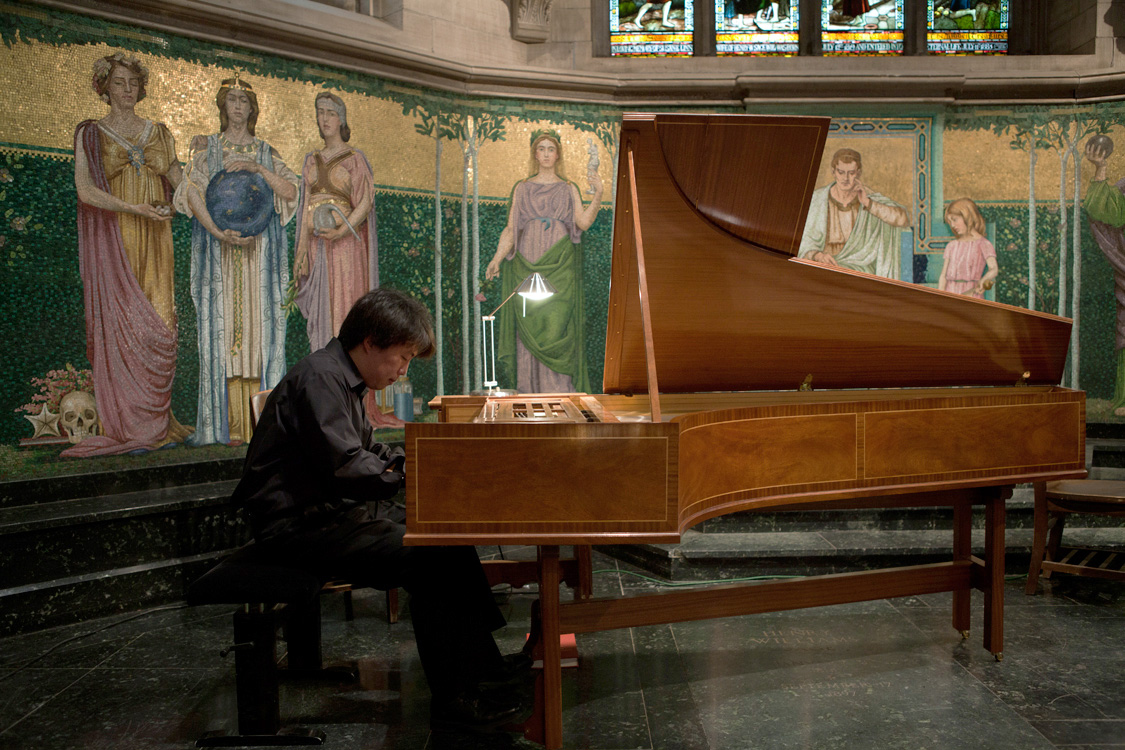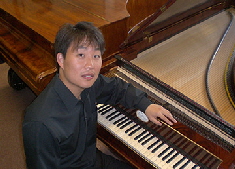|
Expenses of the Period Piano Center:
1. Costs for maintaining legal status and filings, as well as corporation insurance.
2. Cartage of donated historic instruments and artifacts
3. Exhibit costs.
4. Conference Attendance: Each year important conferences take place which the Period Piano Center President should attend, and occasionally exhibit and present at. T
5. Ongoing research costs: Research for the Steinway project and the Chickering project require archive work in various museums such as the Smithsonian in Washington, DC., the Strong Museum in Rochester, NY., the Wagner/Steinway Archives in New York City, NY., and many sites where pianos must be documented. These costs include flight and hotel, transportation and museum access fees. In addition, the pianos registries study requires research assistant support to permit significant hours at a microfilm machine converting registries to PDF documents.
Documentation Site Visits
Ongoing Building and Utilities Expenses
Monthly storage and lease costs: The collection is currently loacted in 600 square feet of museum exhibit space, and in 5 storage units. The monthly leases, utilities and environmental control (humidity control is especially a problem in southern California) amount to approximately $1,000/month, and future facility and storage needs will be substantially higher. We hope to acquire land and buildings in the greater southern California area in order to properly house all of the activities of Period Piano Center.
Website Editing
The President is currently maintaining the website, which, in reality, requires a higher level of expertise than he possesses, both in terms of presentation and technical needs. The website should be developed and maintained by a website professional. It is particularly important to develop automatic data upload/download capability to support the large contribution Period Piano Center could make to the community of piano researchers by faciliting the web sharing of piano documentation photos and data.
Future Expenses
1. Museum Instrument Acquisitions
2. Replica pianos The first commission of a replica desired by Period Piano Center is a copy of the Cristofori fortepiano in Italy, for which plans by Thomas and Barbara Wolf permit their construction of an accurate copy similar to that owned by the late Edwin Good, former curator at the Smithsonian Institution. Commissioned originally by the Smithsonian, a copy of this instrument would support a rich ongoing education and performance experience at the Period Piano Center.
3. Additional fortepianos and pianos across the span of time which would permit a complete historical display, from the 18th to the 21st century. In order to show our broad intention, we seek pianos from Silbermann to Stein to Broadwood, Graf and Streicher, to Pleyel, early and late Erard, Boisselot, early and late Broadwood; early American squares from Philadelphia and Boston, through quality larger squares of the 1860s to 1880s; giraffe and other tall uprights from the early 19th century; cocked hat grands from Chickering and others from the mid-19th century (and giraffe and cocked hat retro-designs of the late 19th century).
4. Fundraising Events: Presentations to potential donors in order to provide the necessary capital infusion to begin the ongoing work, in order to meet museum rent, payroll, documentation site visit, exhibit, grant-writing and acquisition costs. Eventually conservators, technicians, restoration specialists will be needed - the work is to large for one person.
Why is this work important? To re-discover the music of the period; to preserve culture and musical heritage; to preserve and protect actual musical instruments themselves for study, without additional invasive and history-destroying activity.
We recommend obtaining the DVD “Knowing the Score,” an extraordinary presentation on the importance of the period piano by renowned fortepianist and educator Malcolm Bilson. The Period Piano Center is working to make possible the redisovery of music on pianos built in the 19th Century. Documentation, restoration, conservation, performance, teaching - this will make possible for current and future generations of pianists the rediscovery of the music of Chopin, Liszt, Mendelssohn, Brahms...even Ravel and Debussy....on the pianos which they, themselves, heard their music on. Piano students, majors, and others will soon have opportunity to hear and play the music of Chopin, Mendelssohn and Liszt - as well as Debussy and Ravel - on the Erard these composers most often heard their music on, and composed for.
And the early Steinways? The pianos that catupulted Steinway to world-class concert status were not the ones we know today, but entirely different instruments, with more ancient construction and materials quickly being lost to the rebuilder’s trash heap. Due to the resale value of used Steinways, and the practice of the company to generally ignore the need for the conservation of its early pianos, rebuilding and manufacturing of these early Steinways is ruining all early Steinways as good documents of history - essential for knowing how these pianos were built and how they really sounded and played. Rather than turning these instruments into versions of modern Steinways, which is what the factory and most rebuilders are doing through commercial soundboard and action replacement, we seek to study and preserve the unique, vintage elements of these pianos so that the world might have an idea of what kind of musical instruments Steinway actually built from 1856 to 1892 - and we believe the music world will be delighted and grateful for what we conserve and carefully restore!
Your contribution, large or small, will aid in this noble project.
|


